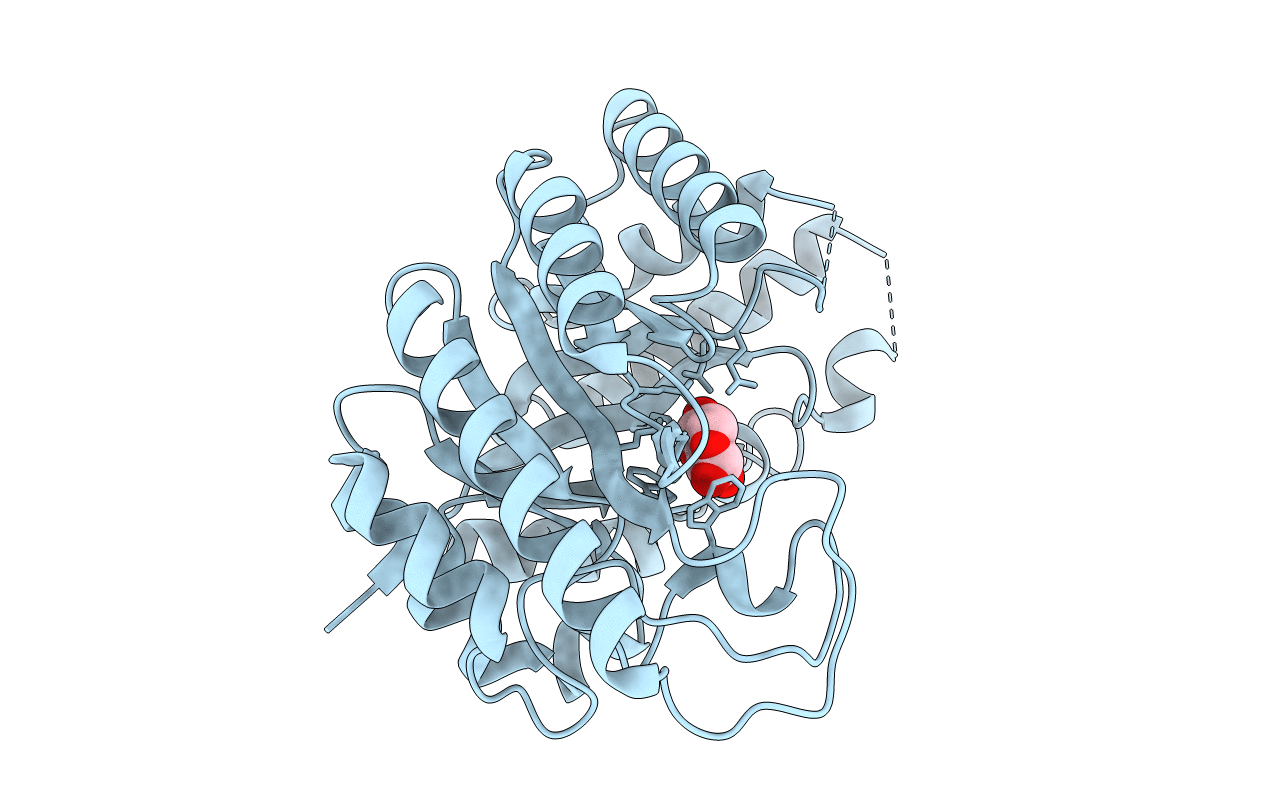
Deposition Date
2020-04-29
Release Date
2021-04-28
Last Version Date
2023-10-18
Entry Detail
Biological Source:
Source Organism:
Thermobacillus composti (Taxon ID: 377615)
Host Organism:
Method Details:
Experimental Method:
Resolution:
2.10 Å
R-Value Free:
0.26
R-Value Work:
0.23
R-Value Observed:
0.23
Space Group:
P 43 21 2


